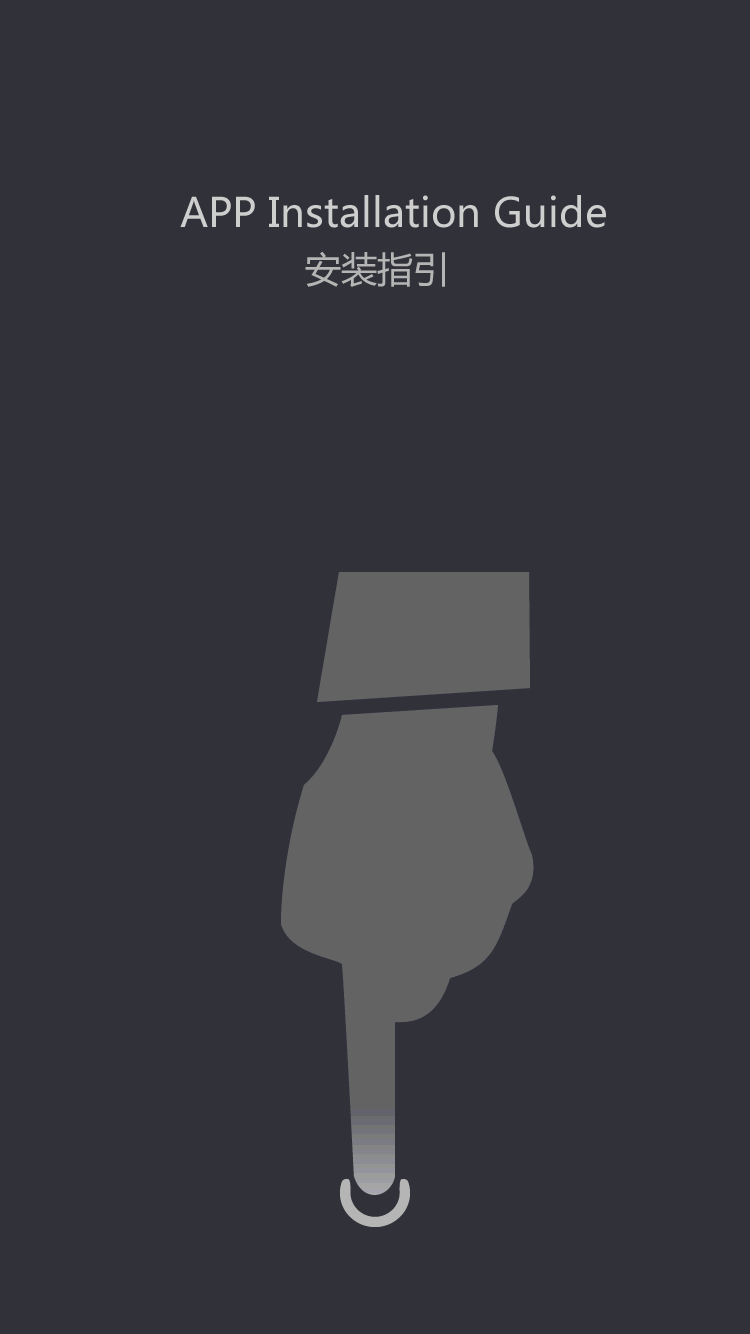No matter what type of facility your surgery took place in
by:Douai
2020-06-29
When you start to come out of the anesthesia you will wake up in a recovery room. You will your breasts will be bandaged, and you might even be wearing a surgical bra that is designed to add support and pressure to help in healing and decrease chance of bleeding or shifting. You will either have been given pain medications orally or intravenously and you might be given an ice pack to help with the swelling and pain as well. Sometimes you will be given a prescription for pain killers to take at home or acetaminophen or ibuprophen can also be used if pain is somewhat bearable. While you might have heard it is good to give the breast implants massage, this is true only in the later stages, not during your recovery. Your doctor can tell you at what point you can begin the massage.
Upon arriving home, both you and your care giver need to pay attention and watch out for any signs of infection as infection generally sets in during the first few days after surgery. The signs to look for include fever and chills, excessive redness, swelling, persistent high temperature and increasing pain. You might also notice excessive bleeding or discharge at the incision or blood or the feeling of fluids accumulating in the breast. A little of all of these symptoms can appear the first day after surgery, but quickly go away. If they do not go away within two days call your doctor.
Other symptoms women sometimes experience during their recovery period include hard feeling implants,, leakage, deflation, , extreme fatigue, abnormal chest pain, swelling of the feet and/or calves and legs, pain in the joints, stiffness in the arms or unexplained rashes.
While you will probably want to shower as soon as you get home, your surgeon will probably suggest that you wait three to five days before doing so. Until then you can do a sponge bath and use waterless shampoo if needed. When you do shower, be sure to be very careful around the incisions stitches or drains if you have any. Drains are generally removed about a week after surgery. You or your care giver must also clean your incision sites regularly as instructed by your physician. This generally involves changing any dressings and applying an antiseptic as supplied or recommended by your doctor.
To help speed up your recovery, you should try to eat regular meals that are high in protein, fruits and vegetables. It is important to eat regularly to help your stomach handle any pain medications you may need to take and reduce nausea. You also need to get up and move around a little each day increasing your activity slightly every day. This helps increase blood flow, which is vital for a fast recovery.
During your recovery period, your surgeon might suggest that you wear a post-operative bra or a compression bandage to add support. In some cases, or in the later stages of recovery, you can just wear a sports or jogging bra. High intensity activities like exercising, jogging and sexual activity should be limited for at least 3 weeks and sometimes longer depending on your pain. You can usually return to work in about a week, or two if your job involves high levels of activity or heavy lifting.





























